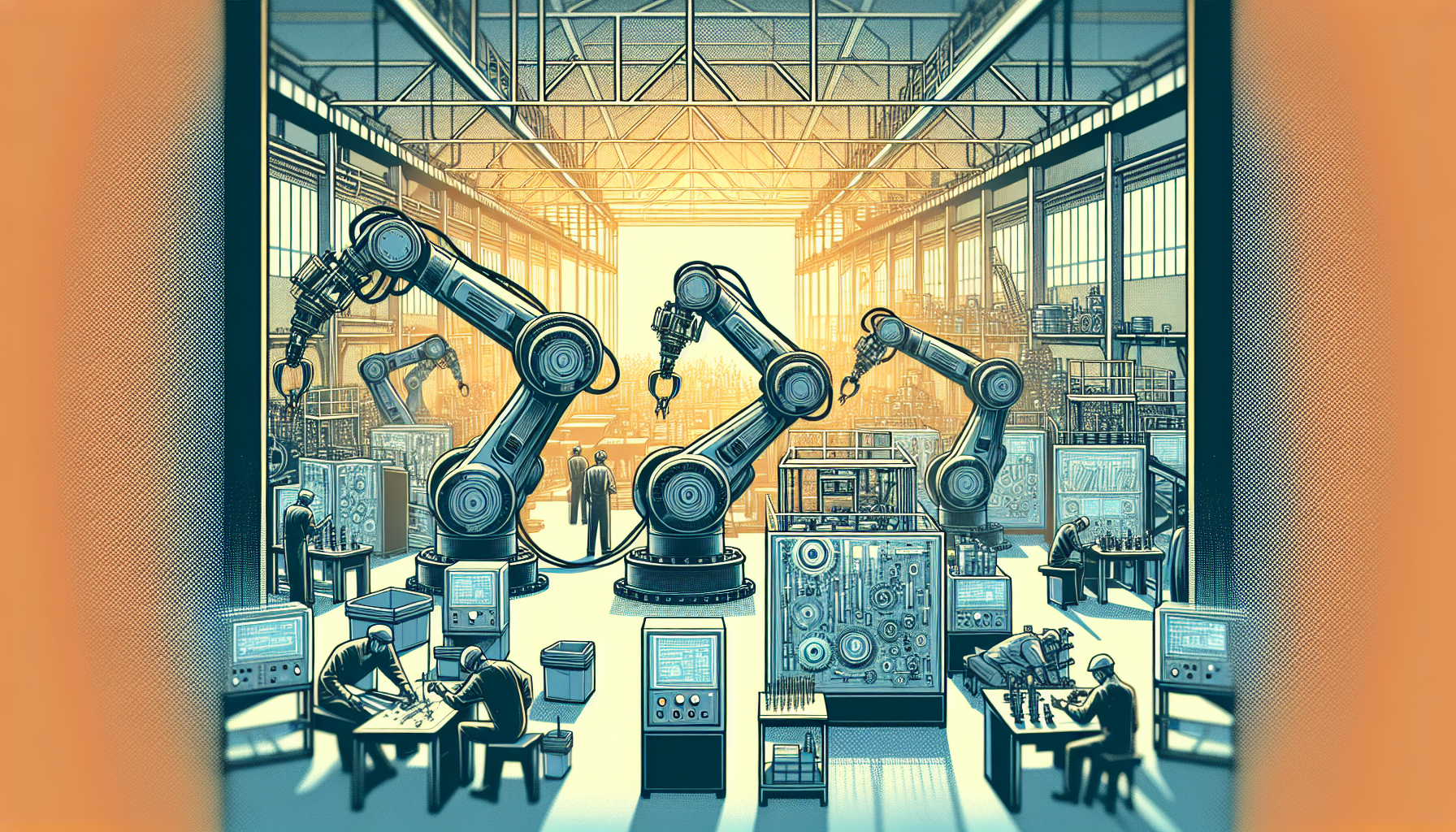China stands on the brink of a new era, poised to revolutionize its economy by putting robots at the center of its industrial strategy. This bold move underscores China’s ambition to reign supreme in the global robotics market, a goal within its grasp given its recent developments.
Economic Policy Direction
In a crucial meeting known as the Third Plenum, China outlined an innovative economic policy that highlights robots as a driving force for growth. This approach underscores the nation’s commitment to embracing the latest industrial transformations. By leveraging robotic technology, China aims to usher in a period of groundbreaking innovation and superior efficiency across multiple sectors.
Global Leadership in Robotics
Already recognized as the largest robot market globally, China’s new strategy promises to significantly bolster its standing in robotics. The country’s extensive manufacturing capabilities paired with substantial investments in technology set the stage for breakthroughs in robotic applications.
Industrial Applications
The infusion of robotic technology into Chinese industries is anticipated to greatly enhance productivity and operational efficiency. Robots will play a pivotal role in sectors ranging from manufacturing to logistics by reducing labor costs and improving precision. In fields like the automotive and semiconductor industries, where precision and speed are paramount, robots will undertake complex functions such as assembly, welding, and materials handling with unmatched accuracy.
Technological Advancements
China’s commitment to robotic enhancement is fueled by advancements in artificial intelligence, machine learning, and other supportive technologies. Companies including NVIDIA offer crucial tools to support the creation and deployment of humanoid and other robot types. These tools encompass simulation software, AI training platforms, and solutions for real-time performance enhancement, proving essential for the seamless integration of robots in industrial environments.
Humanoid Robotics
Particularly intriguing is the focus on humanoid robots, noted for their ability to execute tasks that imitate human actions. Seen as industrial automation’s future bedrock, these robots are being developed by pioneers like Pudu Robotics and 1X Technologies. Their capabilities extend to versatile tasks in service and household environments, marking them as vital players in China’s strategy to automate mid-level industries facing labor shortages.
Market and Investment Implications
This surge in robotic investment is attracting significant backing from both local and global investors. As an illustration of this growing confidence, July 2024 saw robotics firms securing about $1.3 billion in investments, highlighting the burgeoning interest in the sector’s promising yield.
Conclusion
China’s strategic decision to harness the power of robots signals a pivotal juncture in its economic development journey. By capitalizing on cutting-edge achievements in robotics and AI, China aims not just to elevate its industrial prowess but to remain a leading figure in the worldwide robotics arena. With substantial investment in this area, the country is set to achieve remarkable productivity gains, efficiency improvements, and overall economic growth in the years ahead.

Leave a Reply